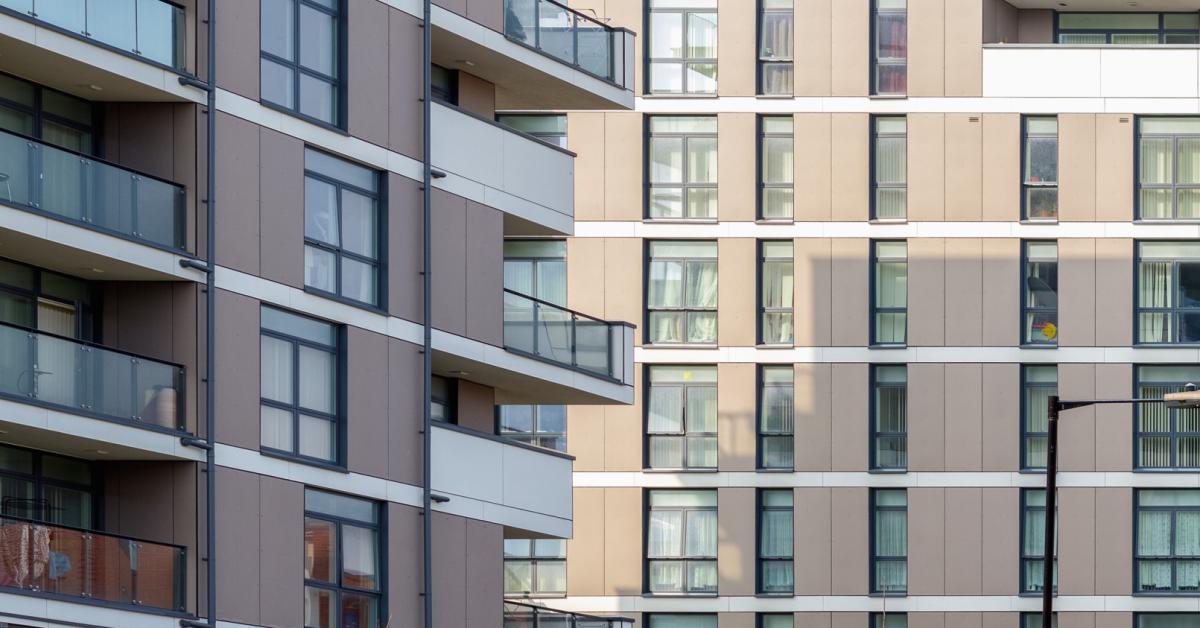

EWS1 forms to be scrapped for buildings under 18 metres
Plans to end the need for EWS1 forms on buildings below 18 metres were outlined by the Government this week.
Post-Grenfell, the Government introduced rules requiring homes to undergo an external wall survey process – commonly referred to as ‘EWS1’.
This was initially developed to assess the potential fire risk of cladding on high-rise flats and to check walls and balconies were structurally sound. However, following a change in Government guidance at the start of the 2020, some lenders were requiring an EWS1 before allowing mortgages on all types of properties.
The restrictions had prevented some people – who were struggling to find qualified professionals to carry out the work, or whose freeholders refused to commission the work – from selling or moving home.
Review findings
The statement about EWS1 forms this week follows advice from fire safety experts in a review that was commissioned by the government earlier this year. The review found there was no systemic risk of fire in medium and low rise-buildings.
It states that fire risks should be managed wherever possible through measures such as alarm systems or sprinklers, and that the overwhelming majority of medium and low- rise buildings (those under 18m) with cladding should not require expensive remediation.
The intervention is designed to reduce needless and costly remediation in lower rise buildings and is part of wider efforts to restore balance to the market, helping flat owners to buy, sell or re-mortgage homes.
Towards the end of the last year, the Government had also announced that owners of flats in buildings without cladding will no longer need an EWS1 form to sell or re-mortgage their property.
Making the announcement this week, Housing Secretary Rt Hon Robert Jenrick MP said:
“Today’s announcement is a significant step forward for leaseholders in medium and lower-rise buildings who have faced difficulty in selling, anxiety at the potential cost of remediation and concern at the safety of their homes.
“While we are strengthening the overall regulatory system, leaseholders cannot remain stuck in homes they cannot sell because of excessive industry caution, nor should they feel that they are living in homes that are unsafe, when the evidence demonstrates otherwise.
“That’s why I commissioned an expert group to further examine the issue, and have already agreed with many major lenders that lower-rise buildings will no longer need an EWS1 form, and the presumption should be that these homes can be bought and sold as normal.
“We hope that this intervention will help restore balance to the market and provide reassurance for existing and aspiring homeowners alike. The government has made its position very clear and I urge the rest of the market to show leadership and endorse this propionate, evidence based, safety approach”.
-
Check out this blog on what landlords can expect when it comes to fire safety.
-
To learn more about fire safety obligations for landlords, book your place on our eClassroom course.

